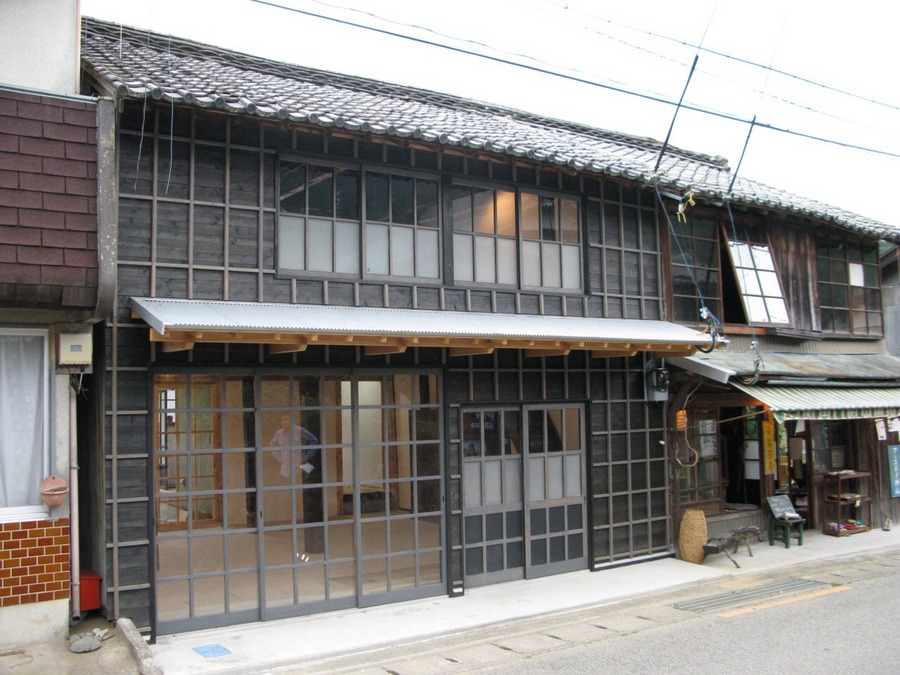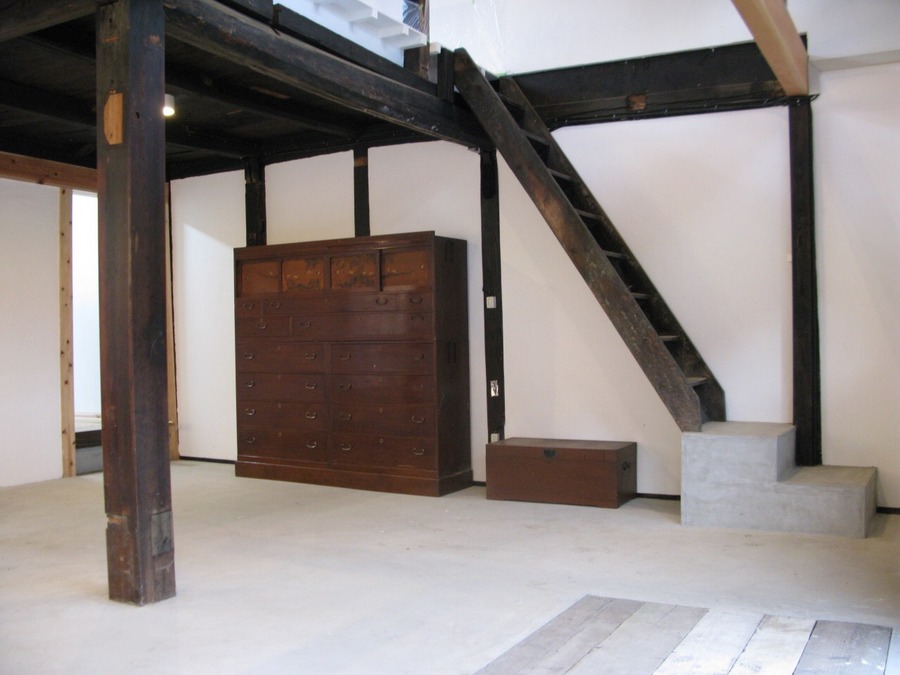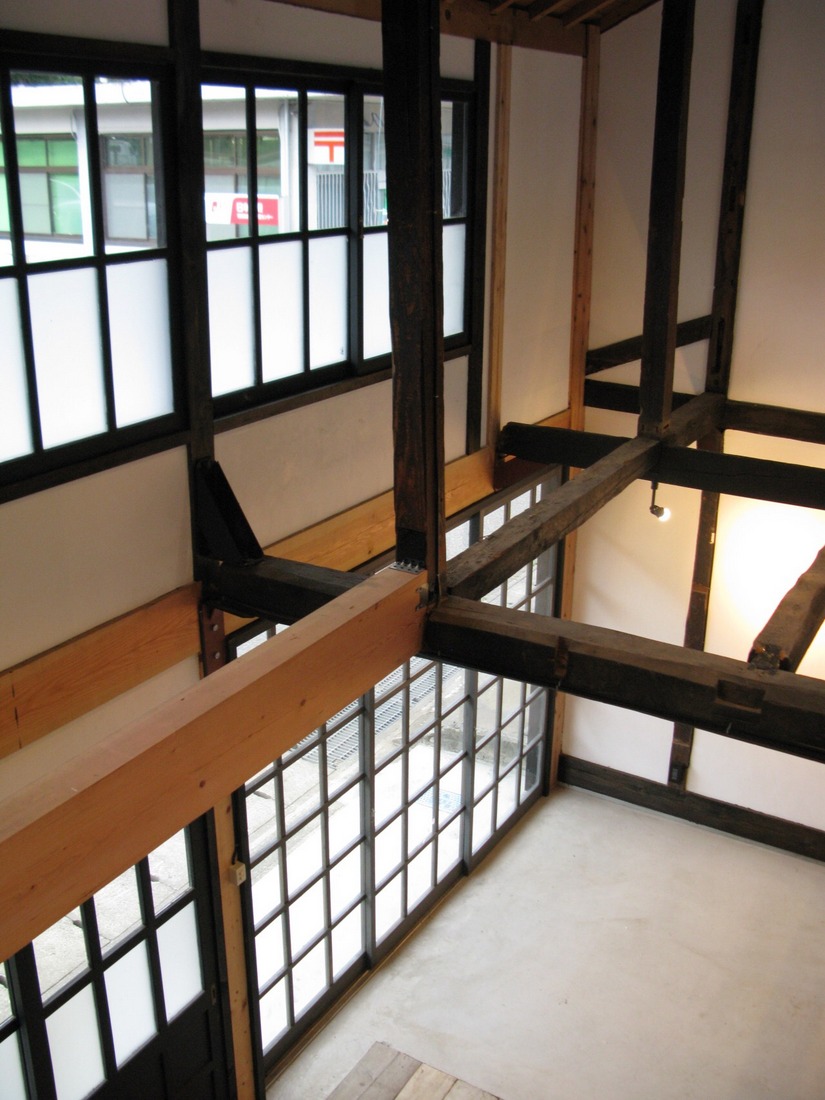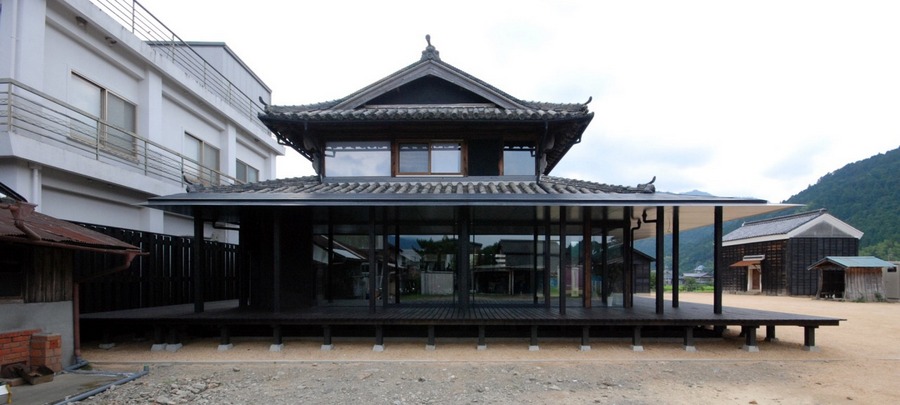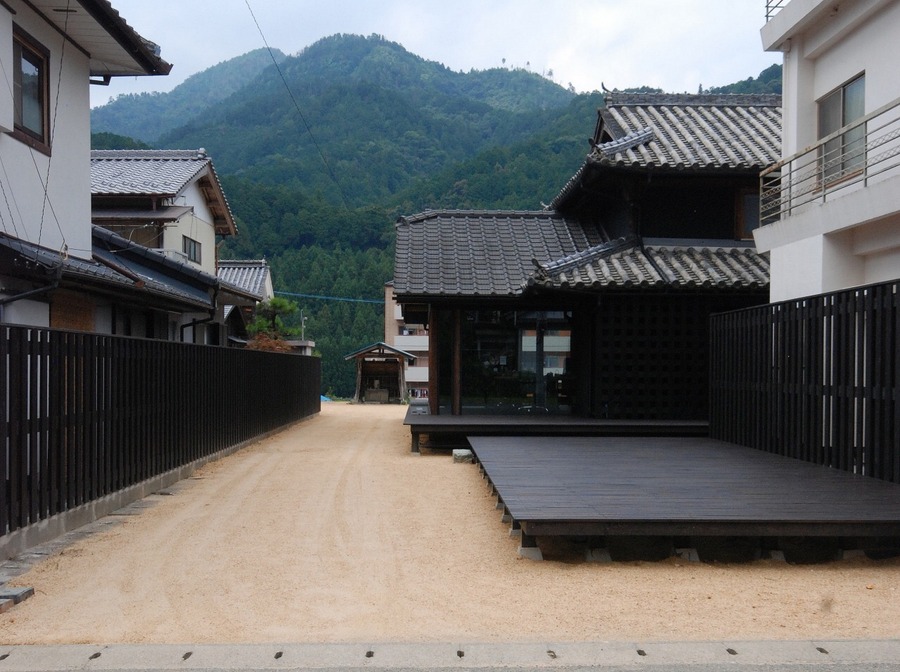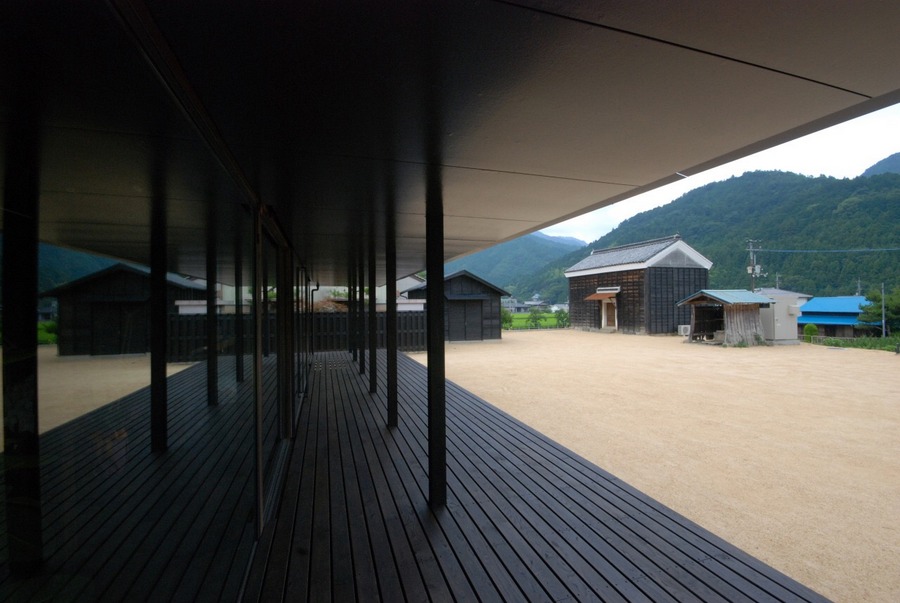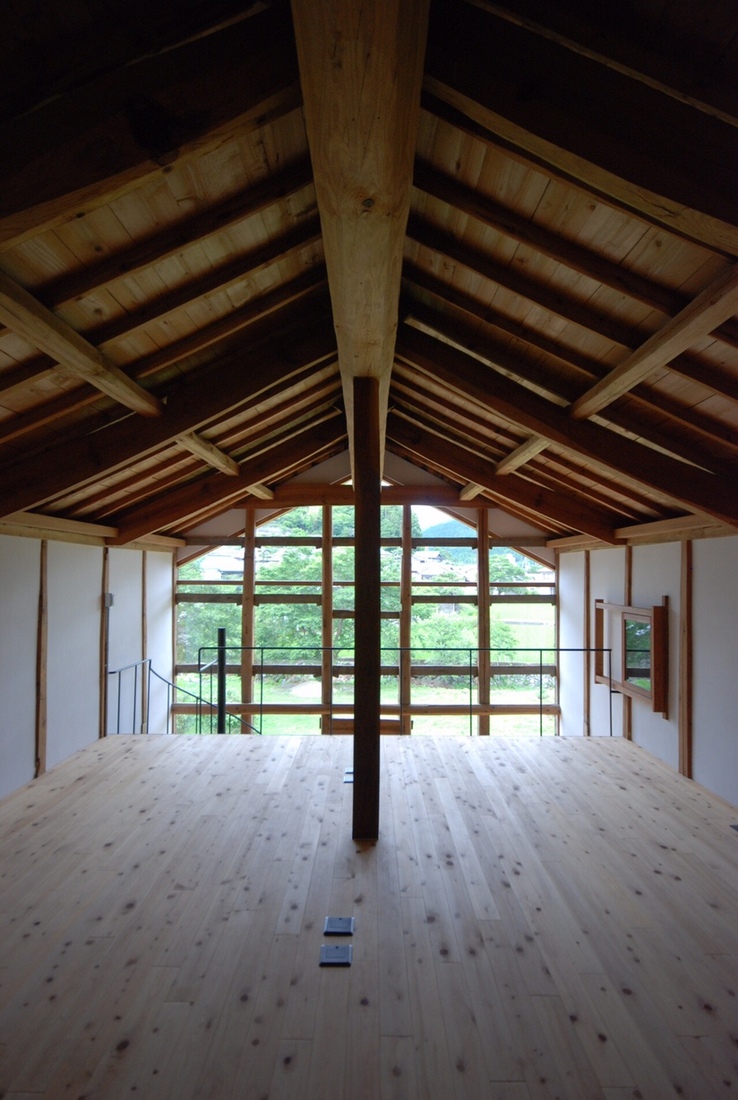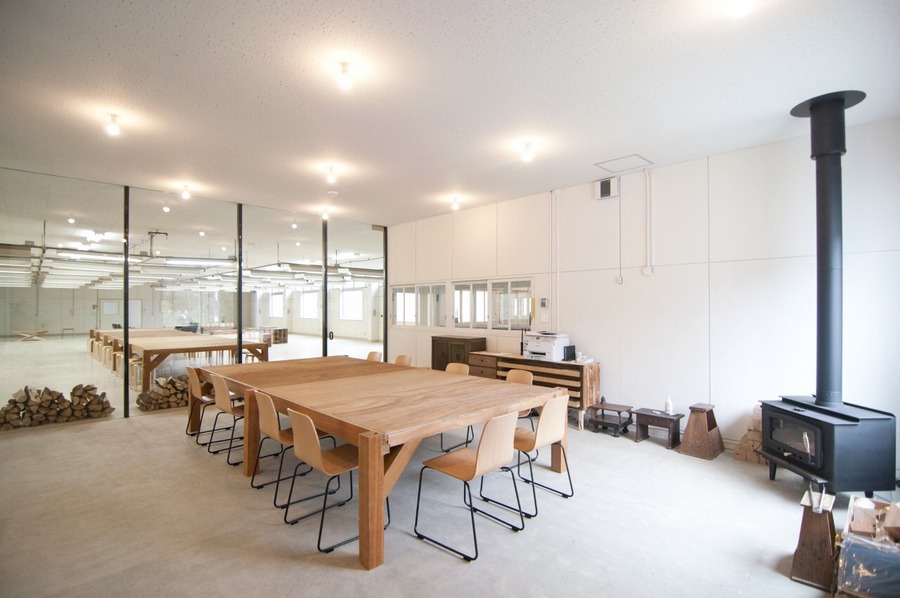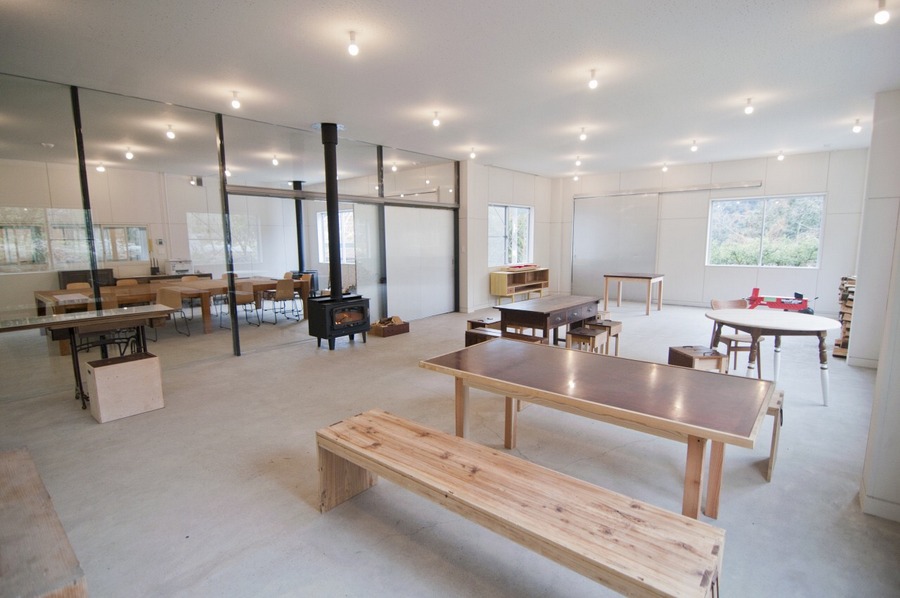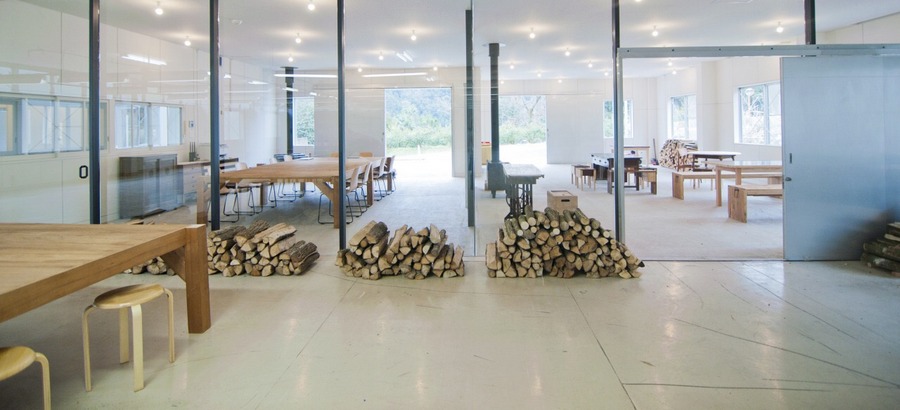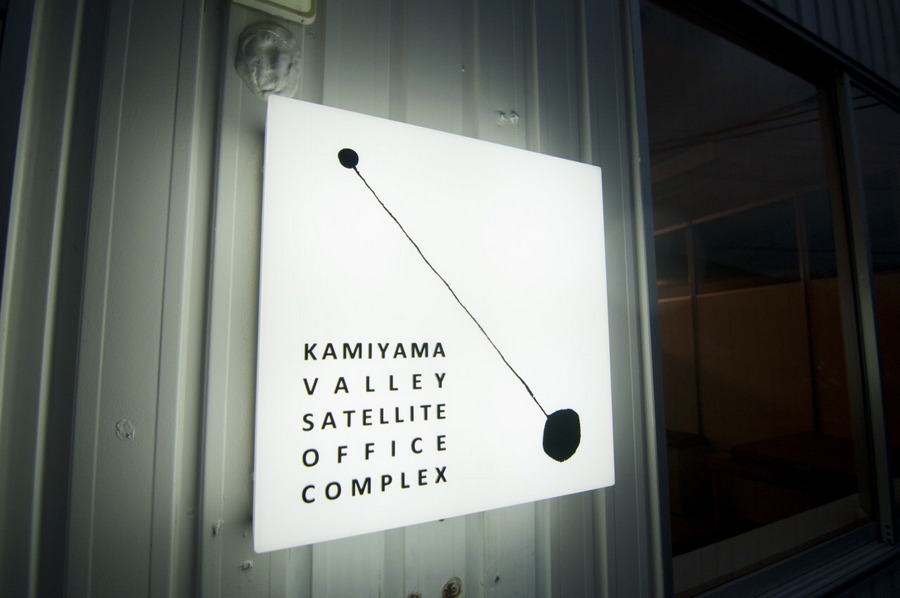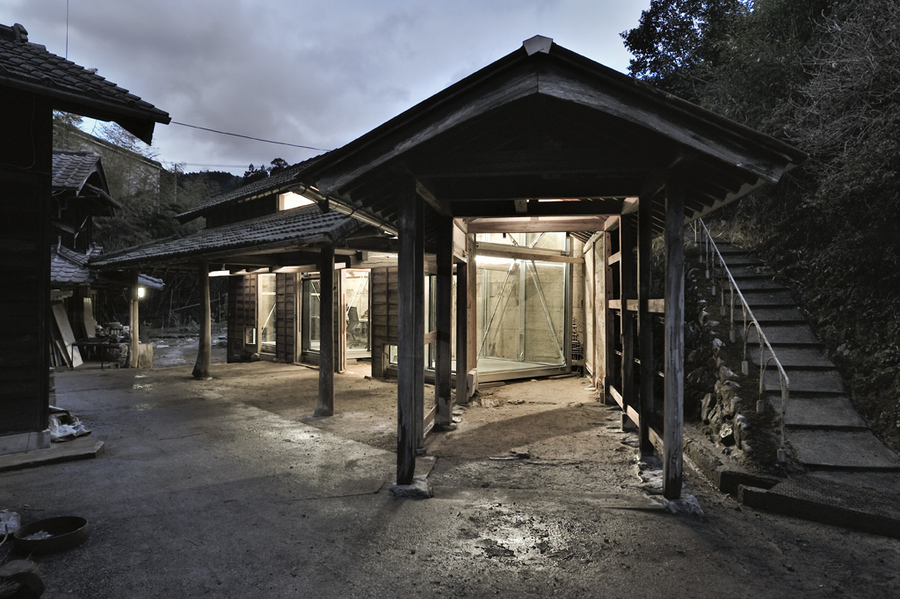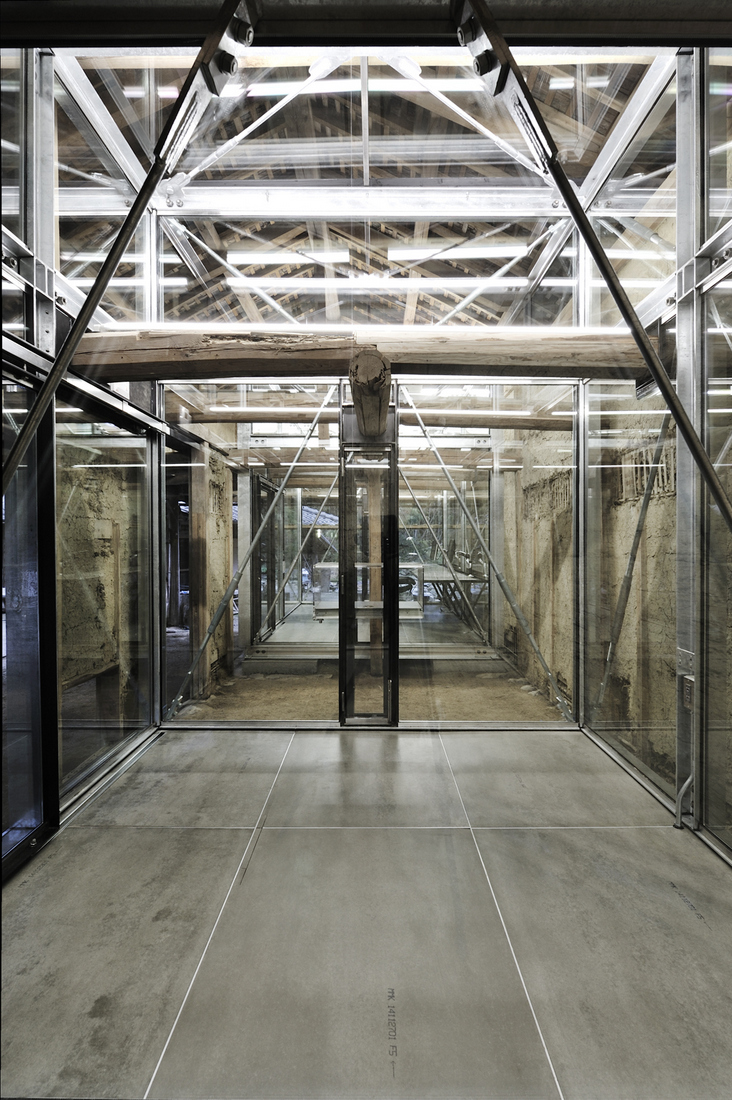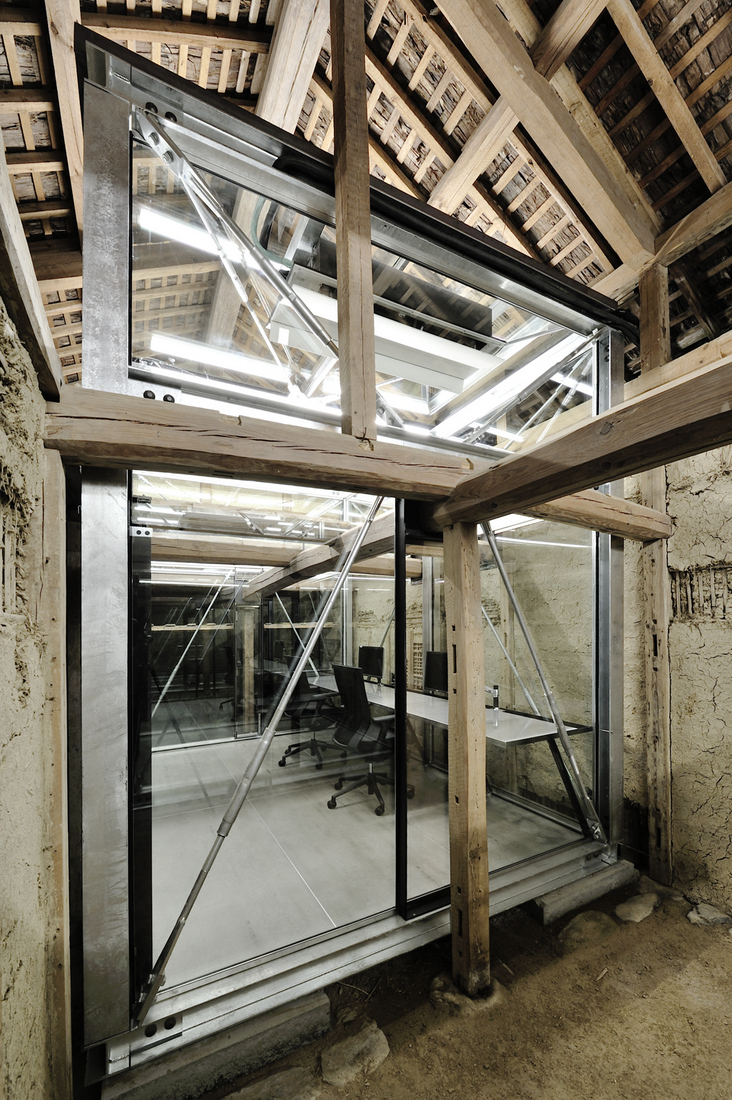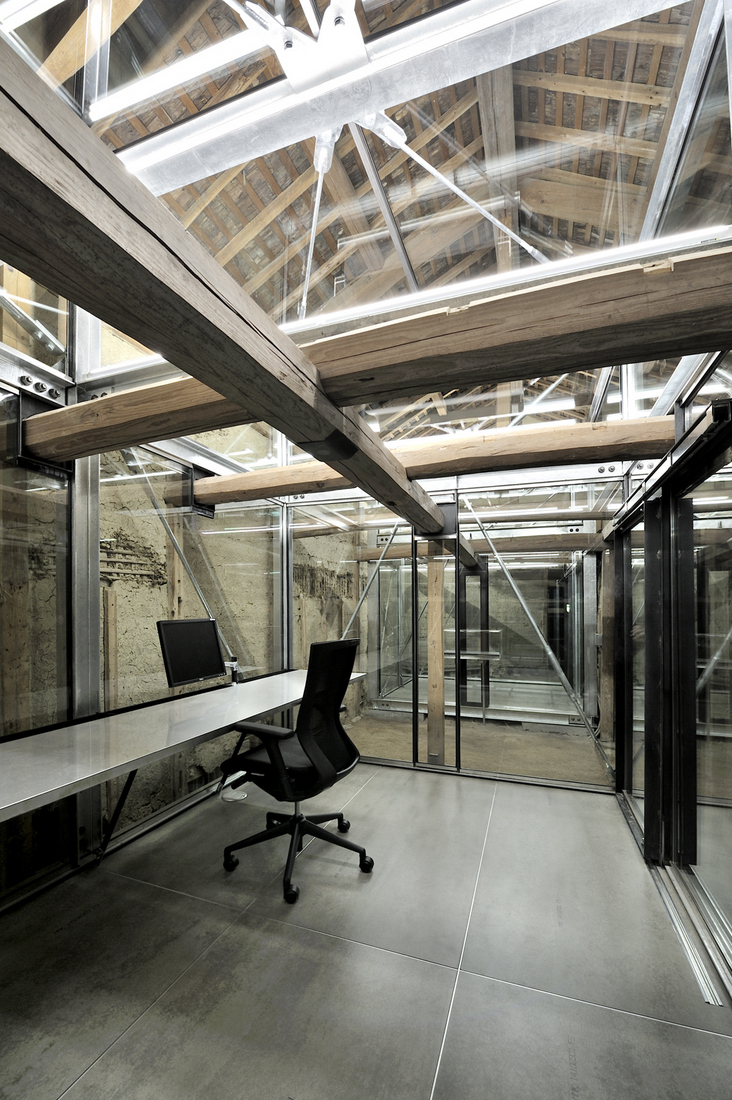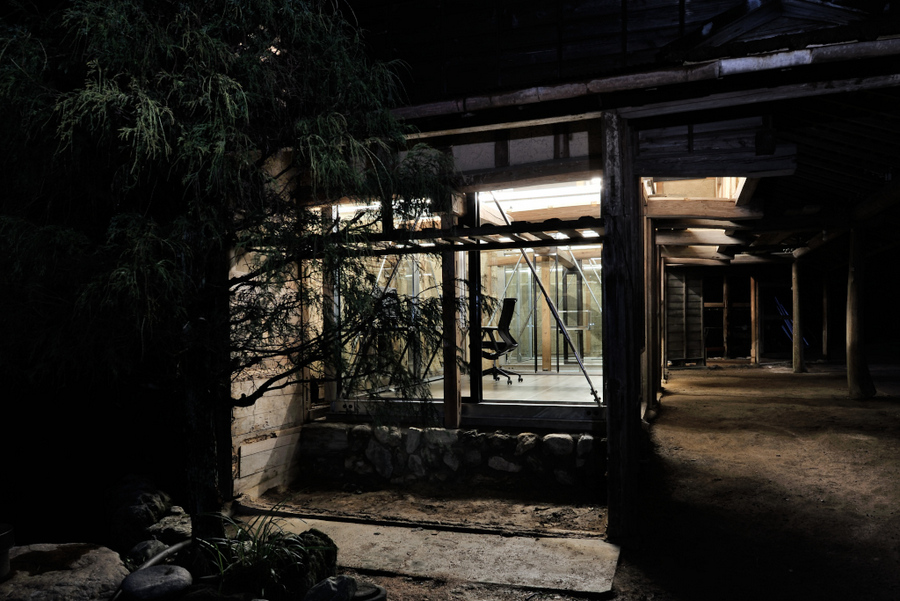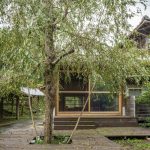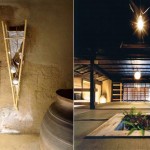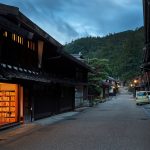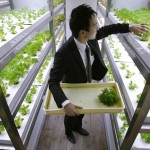It’s a common story in rural Japan: low birth rates, an aging population and younger generations’ tendency to relocate to metropolitan areas have left many parts of the country deserted. Beautiful but old homes begin to crumble without proper maintenance, creating a vicious cycle of abandonment.
One such municipality was the town of Kamiyama (Tokushima Prefecture) with a population of just under 6000. In 1995 the town’s main shopping street was bustling with activity with close to 40 shops. But by 2008 that number had dropped to the single digits.
But Kamiyama had something that bigger cities didn’t: lush greenery and a laid back atmosphere where time tends to move a lot slower. And they also had something that big cities did: a robust telecom infrastructure with high-speed internet throughout the town. And people began noticing this.
But the big change occurred when two architects who had been studying overseas returned to Japan. Kosuke Bando was originally from Tokushima and had been studying architecture at Harvard University. Issei Suma had completed stints at the Rockwell Group and Voorsanger Architects after completing a master’s program at Columbia.
Bando’s first project in Kamiyama happened in 2010 when he completed “Blue Bear Office.” The renovated nagaya (traditional tenement house), originally built 80 years ago, served as sort of a pilot program to see if architecture and “creative depopulation” could lead to sustainable community building. The building was used on and off as a temporary workstation or gallery. But two years later another big change occurred.
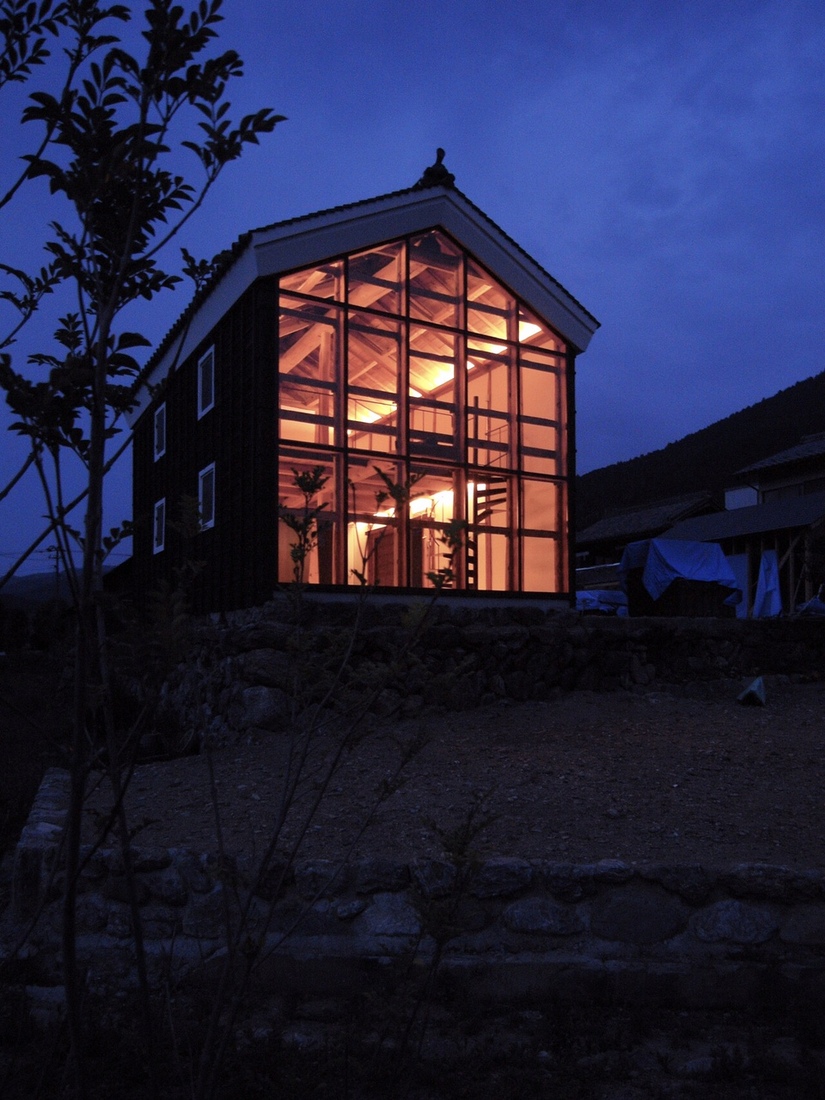
“Engawa Office” | the space serves as a satellite office for media production company Plat Ease
Earlier in his life, Suma had attended college in Tokyo and one of his classmates was Chika Terada, who had gone on to found the business card management company Sansan. Suma told Terada about the town and it’s possibilities. Terada signed on. And in 2012 the company relocated some its staff to Sansan Kamiyama Lab. And once that happened, other companies followed.
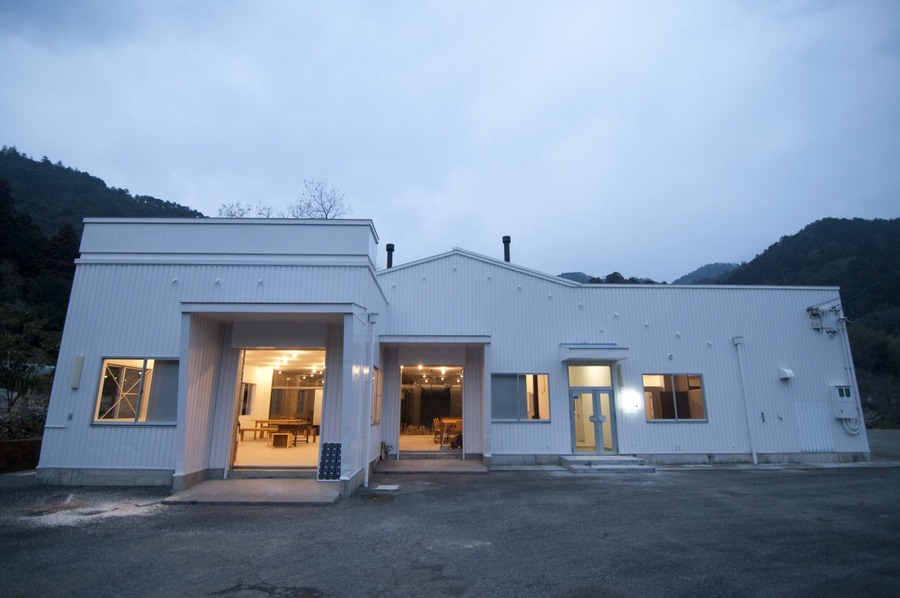
“Kamiyama Valley Satellite Office Complex” completed in 2013 by Bando and Suma | photos by Satoko Toizumi courtesy Kohei Bando
Kamiyama has since earned itself the nickname “Green Valley.” As of last year, 12 companies had established satellite offices in the town and over 30 new jobs have been created. A bakery, a café, a shoe shop and even a dentist’s office have opened along the old shopping street. Researchers project that by 2035, Kamiyama’s population will be cut in half. But at this rate, they may have to revise their estimates.

